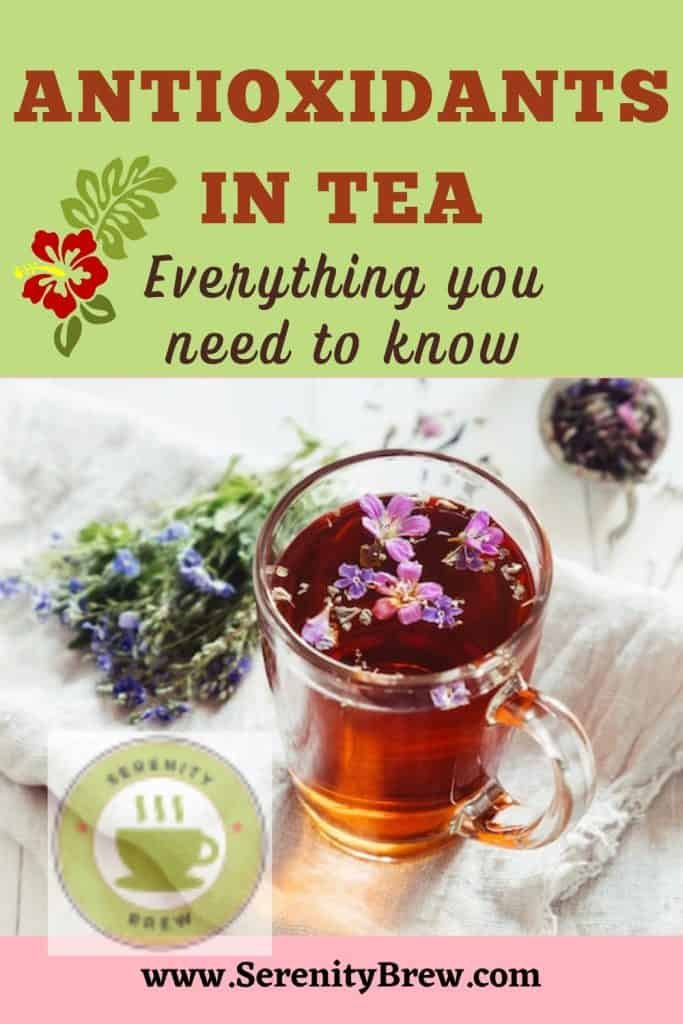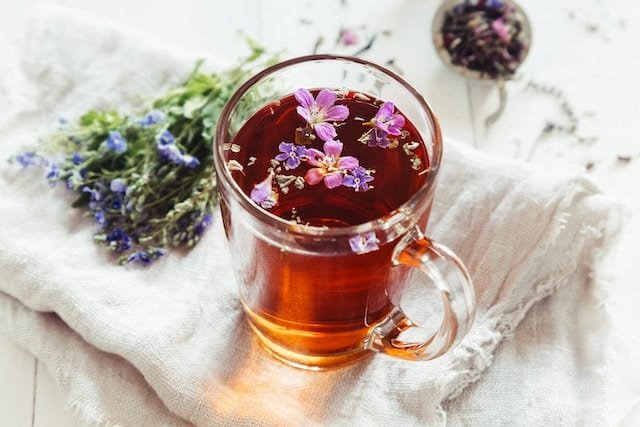
We know that antioxidants are good for your health, but what are they really? Besides tea, what foods contain them? Are antioxidants all the same? How many do we need in our diet? Is it necessary to take supplements? The answers to all these questions in a language suitable for all audiences.
The main reason tea has been drunk for centuries (millennia in the case of China and India) is not because of its delicious taste, but because of its high antioxidant content. Although science has discovered and named them only in the 20th century, oriental doctors knew from experience that tea contained something that made it different and invaluable for health. And that people who drank it lived longer, looked younger, and were in better physical and mental condition.
But what are antioxidants?
Specifically, antioxidants are substances that interact inside and outside the body’s cells, protecting the membrane that covers them from damage by highly active molecules called free radicals.
And what are free radicals?
Free radicals are electrically “charged” molecules that, if not neutralized by an antioxidant, spread throughout the body causing irreparable damage to cell membranes and cellular structures (including our DNA or genetic blueprints). They are the ones that cause diseases like cancer and heart disease and accelerate aging. In fact, free radicals are implicated in more than 60 diseases.
In addition to diseases, they cause the characteristics of aging, lines, wrinkles, looser and blotchy skin on the face and body. Joint stiffness and chronic pain can also be a sign of elevated levels of free radicals and reduced antioxidant protection. It is antioxidants that protect us and literally “break the chain” of possible chemical destruction within the body.
Where do those free radicals come from?
They come from external sources, such as cigarette smoke, pollutants, radiation, and even sunlight.
But also from internal sources: they are the waste product of breathing and the generation of energy in our body. Although oxygen is vital to us, it also causes some natural damage, known as “oxidation.” But nature is wise and has created its own protective system to counteract this damage, producing natural antioxidants. But to adapt to an increasingly demanding and toxic world we need antioxidants from food. And tea is an excellent source of antioxidants, in its different varieties .
Where can we get antioxidants?
Antioxidant substances are produced by the body or obtained through diet or nutritional supplements. Examples of antioxidants found in food include vitamins A, C, and E, and those containing minerals such as manganese, copper, zinc, and selenium. Antioxidants from the plant kingdom are equally powerful, and are those that include antioxidant phenolic compounds, natural organic acids , flavonoids, and tannins, as is the case with tea.
Should I take supplements with antioxidants?
An important point to remember about antioxidants is that they work synergistically with each other. Vegetables like broccoli and bean sprouts, for example, contain more than 70 different antioxidant substances—an amount, concentration, and natural structure that simply cannot be achieved in a synthetic supplement.
Eating a well-varied, natural, whole-food diet is really the key to getting all the antioxidant protection you need.
Do all teas have the same level of antioxidants?
The simple answer is “No”. Since green tea consists of almost unprocessed tea tree leaves, it is much richer in flavonoids than black tea. But that does not mean that it has a greater antioxidant effect, since black tea contains tannins that are also antioxidants, although different. It seems that what makes a food more or less antioxidant is not so much the amount it has as the combination of those it has.
On the other hand, the variety of the tea tree, the location where it is grown, the climate, the season of the year, etc., also cause great variations in the antioxidant effect of the tea that is obtained. For example, Matcha tea , which is the green tea used in the Japanese tea ceremony, has 10 times the antioxidant power of Chinese green tea. This is because it is cultivated differently.
How many antioxidants do we need to ingest?
We need to get a daily minimum of 8 to 11 thousand units of antioxidants per day in our food just to be able to neutralize all the free radicals we produce. But if there are also associated factors such as stress, if you smoke or do not perform physical activity, you will need more than this minimum.
You’d think that just eating a few fruits and vegetables is enough to reach that limit.
But it’s not like that. For example, if you eat a banana for breakfast, some lettuce or cucumbers for lunch, and add a peach and a slice of watermelon for dessert for lunch and dinner, you’ll only get about a quarter of the antioxidants you need .
It is that quality matters more than quantity. For example, a single tablespoon of oregano has the same amount of antioxidants as all those fruits and vegetables. And a cup of green tea has 10 times more antioxidants than many fruits.
Even, not all foods contain the same antioxidants. For example, flavonoids are numerous, and those contained in tea are not the same as those contained in chocolate. In addition, drinking teas with spices or other herbs exponentially increases the contribution of antioxidants, as we will see below.
What foods have more antioxidants?

Of all foods, spices, herbs (where we include tea), fruits, and vegetables top the rankings for antioxidants. These are the ones that contain the most if we compare the amount by weight, for example, 100 gr of all of them:
- Clove
- Cinnamon
- Turmeric
- Bitter chocolate
- Oregano
- Teas (Camellia sinensis leaves)
- Mint
- walnuts and chestnuts
- blueberries
- Beans, beans, lentils
- Basil
- apples
- raspberries
- Ginger
- Ginseng
- Cilantro
- Peanut
- Cabbage
- Broccoli
But it is obvious that we will easily eat 100 grams of chocolate, but not 100 grams of cloves. Including spices in tea varieties is a smart way to increase the antioxidants we ingest.
